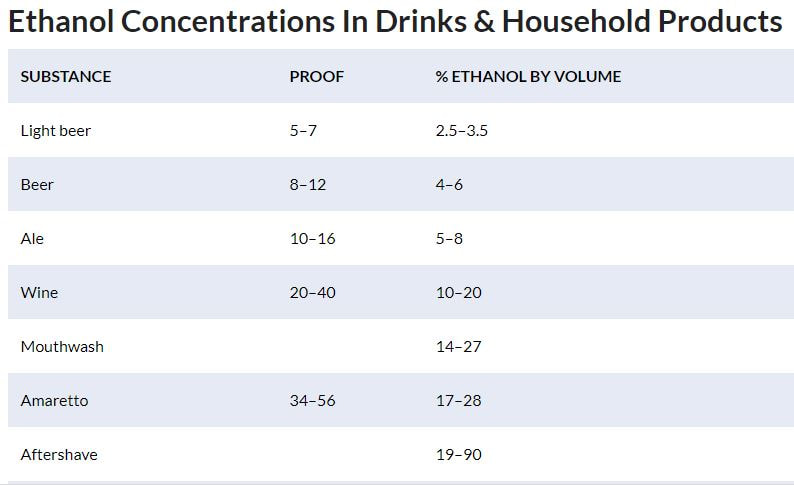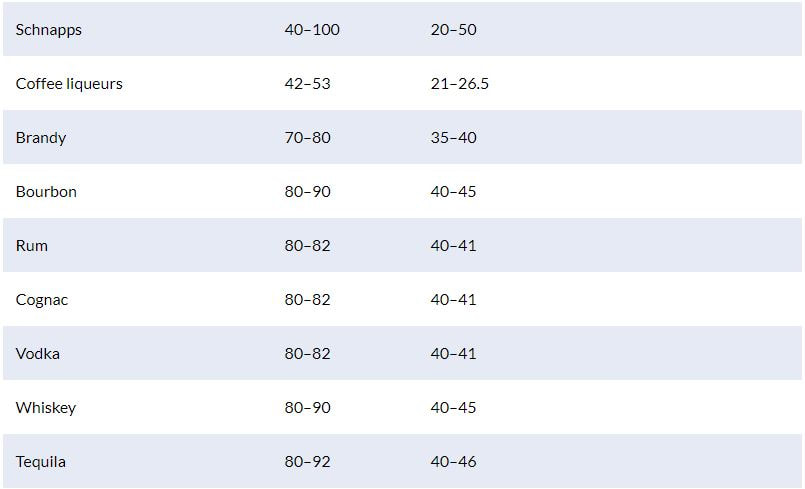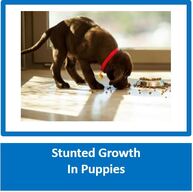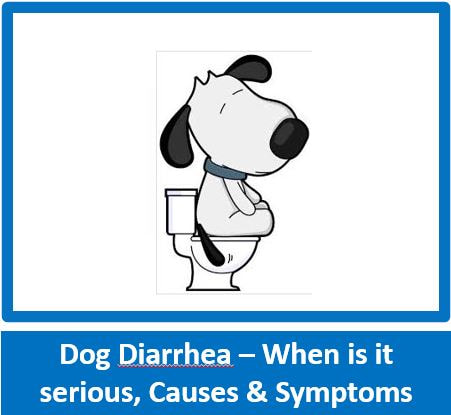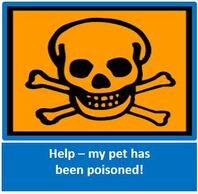|
Vet expenses can be very high, especially if any type of operation or specialist care is involved. Ensure that your pet is covered in the event of any unexpected, and unforeseen accidents, any operations, and to look after your Golden Oldie when those days arrive. We have 5 simple plans for comprehensive pet insurance coverage. Visit our website at www.genericpet.co.za
|
What to do if your dog drinks alcohol
www/akc.org
(One of the best websites around for all things dog)
www/akc.org
(One of the best websites around for all things dog)
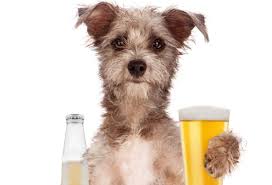
Question “I host a lot of get-togethers in my home and my dog “works the room” begging for treats. Most of my guests know not to feed him, but I’m nervous he’ll lap up the alcoholic beverages left unattended without my knowledge. How much alcohol is too much? Are some alcohols more dangerous to dogs than others? Lastly, what do I do if my dog does drink alcohol?” -Party Animal
Alcohol toxicity is not as common as you may think, because dogs are not innately drawn to alcoholic beverages. However, accidents can happen. Just as with humans, the safety issue is not with the type of alcohol your dog consumes but rather, how much was consumed. For example, hard liquor, wine, and craft beer contain higher alcohol levels than lite beer.
If your dog does accidentally consume alcohol, it’s hard to know whether the amount consumed is at dangerous levels. The health and weight of the dog in relation to the type and volume are both variables to consider. For example, for toy breeds a smaller amount of alcohol would be considered is dangerous than for larger breeds.
The amount of ethanol needed to cause intoxication varies depending on its concentration in the substance ingested. The published oral lethal dose in dogs is 5.5 to 7.9 g/kg of 100% ethanol. One milliliter of ethanol is equal to 0.789 g.
Alcohol toxicity is not as common as you may think, because dogs are not innately drawn to alcoholic beverages. However, accidents can happen. Just as with humans, the safety issue is not with the type of alcohol your dog consumes but rather, how much was consumed. For example, hard liquor, wine, and craft beer contain higher alcohol levels than lite beer.
If your dog does accidentally consume alcohol, it’s hard to know whether the amount consumed is at dangerous levels. The health and weight of the dog in relation to the type and volume are both variables to consider. For example, for toy breeds a smaller amount of alcohol would be considered is dangerous than for larger breeds.
The amount of ethanol needed to cause intoxication varies depending on its concentration in the substance ingested. The published oral lethal dose in dogs is 5.5 to 7.9 g/kg of 100% ethanol. One milliliter of ethanol is equal to 0.789 g.
Dogs may tend to be more attracted to fruit-based drinks, cocktails, punches, ciders, seltzers, and foods with alcohol as a key ingredient. Another serious consideration is diet alcoholic beverages or other mixers that may contain Xylitol, an artificial sweetener which is highly dangerous, and even fatal, if consumed by a dog.
Signs and Symptoms of Alcohol Toxicity in DogsCanines respond to the effects of alcohol much like humans, and the impact is often mild. You should, however, contact your vet, emergency clinic, or pet poison hotline if you have any concerns, to establish if treatment is needed. Anytime your dog does get into alcoholic beverages or foods containing alcohol, look for these key warning signs:
Signs and Symptoms of Alcohol Toxicity in DogsCanines respond to the effects of alcohol much like humans, and the impact is often mild. You should, however, contact your vet, emergency clinic, or pet poison hotline if you have any concerns, to establish if treatment is needed. Anytime your dog does get into alcoholic beverages or foods containing alcohol, look for these key warning signs:
- Depression or lethargy
- Incoordination
- Drooling
- Vomiting or retching
- Weakness
- Collapse
- Decreased respiratory rate
- Hypoglycemia (low blood sugar)
- Hypotension (low blood pressure)
- Hypothermia (low body temperature)


